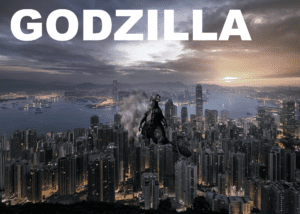
Week 3 My Portfolio Code – Kevin Xu
http://imanas.shanghai.nyu.edu/~kx421/Wk2_Code/MyPortfolio.html
Week 3: Response to “Understanding Comics: The Invisible Art ” by Scott McCloud- Kevin Xu
After reading Scott McCloud’s Understanding Comics: The Invisible Art and understanding the history and technicalities of comics, I came to realize that comics, or what we call comics in the modern day take up different forms in every culture and time period. I believe that in the current atmosphere of printed comics, the two main mediums are the traditional American comic book which reads like a magazine and the japanese Manga which reads like a weekly magazine or a book. Both styles have distinct differences such as comic books being traditionally colored and drawn in a more realistic way while Manga tends to be in monotone and drawn in a more stylized manner. However, Scott McCloud’s work reminded me of the recent popularization of a comic style more suited for the internet age, webtoons. Originally from South Korea, webtoons read in a single column, similar to scrolling through a social network feed like instagram. They feature homemade cartoons that show off talented creators work, and eventually the best artists are given sponsorships. This style of comic, created for the modern age of phones and the internet relates to Scott McCloud’s idea that each culture or age has a sort of comic which reflects the habits of that time. American comic books coming into popularity due to magazines and stone age drawings used as a form of communication are all examples of how a culture influences it’s art and mediums. I believe that the webtoon is the internet age’s new form for the comic.
“Long Live The Web” Reading Response – Kevin Xu
After reading and analyzing Tim Berners-Lee’s article “Long Live The Web”, I realized that the internet is a place of freedom and creativity which has become a creative platform which allows people to express themselves. However, as explained in the article, it is also subject to infringement by companies and third parties. Just like a physical space, the internet is something which can be boxed up and contained, but can also be a wild explosion of new ideas. I believe that Communications Lab can show how to use the internet as a medium to contribute new ideas through coding and design. “A Network of Fragments” by Ingrid Burrington, however, is a look on how the internet is not just something which exists on computer screens and smartphones, but is also something which is physically always around us. The internet has grown omnipotent, always there, whether it’s the cords that run all through the ocean or the towers on land. The infrastructure created through towers, cords, data centers, and online websites allow creatives to use the internet as a medium to communicate ideas to millions people all throughout the world.